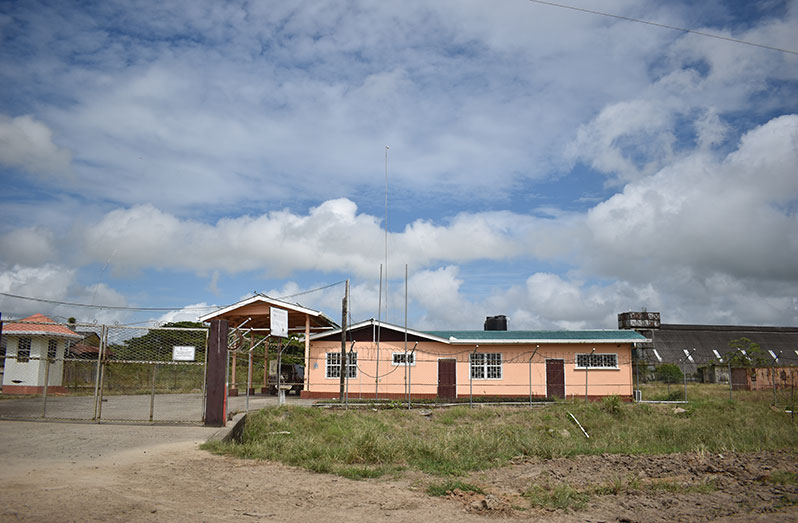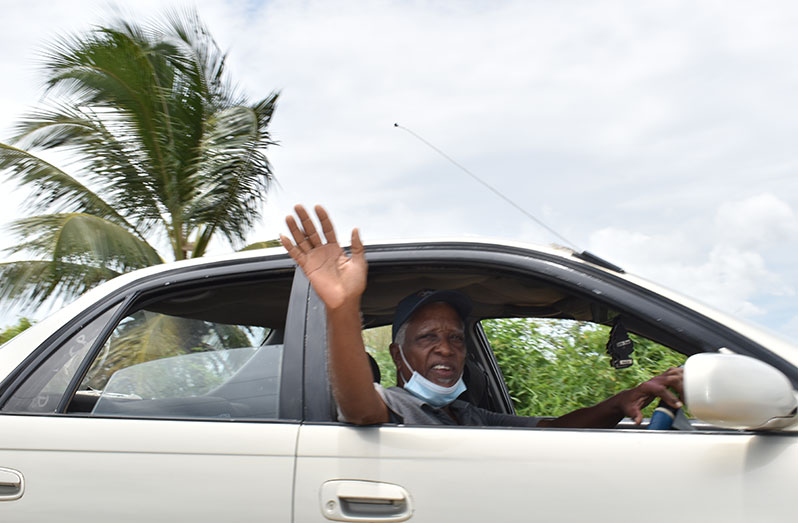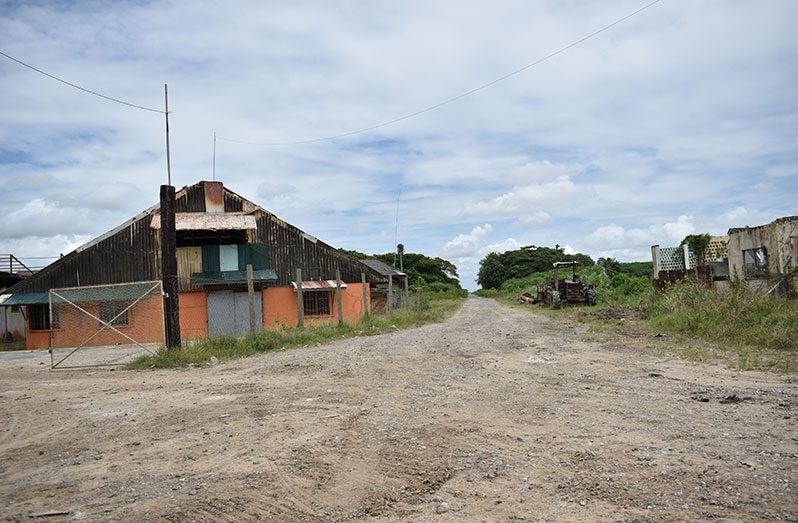This week the Pepperpot Magazine visited the countryside village of Burma Housing Scheme, West Coast Berbice to highlight the way of life of the people and the village.
BURMA Housing Scheme is a small village that is tucked away about five miles away from the main road.
The community was developed in the 1970s by then President Linden Forbes Burnham for workers of the then government-owned rice mill.
There are some houses on one side of the road going in and there are vast lands on both sides of Burma, which are used for large-scale rice cultivation.

Burma Housing Scheme has 31 houses but it has about 71 house lots, some of which are empty. Due to the condition of the road, some people did not occupy the lands allocated to them.
There are three streets in this small village.
The village has a nursery and primary school housed in one large building, the Augsburg Primary School; it has a large ballfield, the Saj Rice Mill, MARDS Rice Mill which has been abandoned, and the Guyana Rice Development Board (GRDB) Research Centre with a housing complex, a gated place and Air Services Limited Aerodrome, at the back of the village.
Burma Housing Scheme has two small shops, but most bulk shopping takes place at Rosignol, Bush Lot and other parts of West Coast Berbice, New Amsterdam and also in the city.
The people are mostly friendly and it is a farming community of cows, ducks, fowls, goats, sheep and meat birds.
Although it is a rice-farming village, the locals do not plant rice except for the 23 acres of land which rotate among villagers and the large-scale rice farming is done by people who live outside the community.
Burma Housing Scheme was once a lively place – almost like a shopping complex back in the days when the Rice Mill was in operation and they had hundreds of workers.
It was told that people came from all over to spend Thursday night just to shop on Friday in Burma in its heyday because it was payday for rice mill employees and it had the first ‘bend down market’ back then.
There are no remnants of a railway line but old buildings once owned by the rice mill, such as the oil bunker, the pay office and storage buildings are still there and some with just the concrete columns.
The population of Burma Housing Scheme is just about 100 with 31 houses, and the Mahaicony Creek can be accessed through this village.
Burma Housing Scheme is between Catherine and Calcutta villages and almost everyone in this village is either a cattle or a poultry farmer.
A handful of locals have cash crops, but due to the recent flooding most people lost cattle and crops and are now trying to re-plant.
The people are mostly Afro Guyanese with about three East Indian families, but they exist in peace and harmony with absolutely no racial undertones.
The locals of this rustic countryside village are hardworking, simple people who need a better road and a few basic things such as landline phones, better, reliable supply of potable water and internet services.
A visiting doctor would come every month to see locals at the Saj Rice Mill building and a visiting veterinary would also make her rounds in the village.
There is no Health Centre in this community and the people usually have to go to Belladrum Health Centre for medical attention or elsewhere.
Transportation costs are expensive in this village due to the road condition which is being patched with fine bricks and soaked with water presently and there is no bus service here, only hired cars.
It is a very safe place to live and it is one of those villages where the people are very familiar with each other and they would leave their doors open and go to the city and return with nothing missing.
They have had incidents where a few cows would go missing and it is said to be ‘outsiders’ who would pass through the community in the ‘dead’ of night to steal cows.
The people crave development and job opportunities, but otherwise it is the ideal countryside village to raise a family and it is a place where getting in the rice fields is via horseback.



.jpg)
















